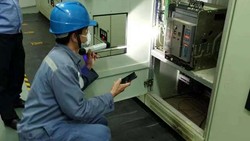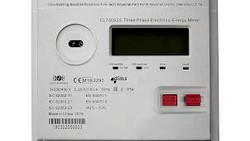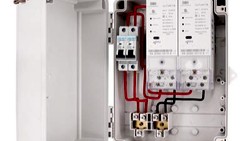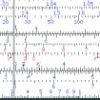For sure, you have already purchased the relevant new standards for electronic energy meter testing. We are talking here mainly about:
IEC 62052-11:2020 (Edition 2)
Electricity metering equipment – General requirements, tests and test conditions – Part 11: Metering equipment
IEC 62053-21:2020 (Edition 2)
Electricity metering equipment – Particular requirements – Part 21: Static meters for AC active energy (classes 0,5, 1 and 2)
IEC 62053-22:2020 (Edition 2)
Electricity metering equipment – Particular requirements – Part 22: Static meters for AC active energy (classes 0,1S, 0,2S and 0,5S)
IEC 62053-23:2020 (Edition 2)
Electricity metering equipment – Particular requirements – Part 23: Static meters for reactive energy (classes 2 and 3)
Basically the IEC Committee has done a good job. The test methods are now covered by the IEC 62052-11 while the other standards are showing the permitted error limits.
I've already covered some changes and new introduced tests under #IEC62052-11.
Still, you must read the basic literature.
One small example:
Reversed phase sequence
While the allowed variation error for a direct connected meter class 1 was 1.5 % in the edition 1, it is now 0.5 %.
For the error evaluation the acceptance criteria A applies. So you need to monitor the load relay for abnormal behaviour and the energy registration.
To be legally right you have to do a register test which can take a long time. In my opinion an error measurement will be sufficient when you have already done m meter constant test. Then it's assured that the optical test output is matching with the register incrementation.
There are many more small details you need to take care of. I've just talked to KEMA, (actually it's now CESI), They are prepared for testing according to the Edition 2 standards. Still, there will be a transition period because the energy meter designers need to adapt to the changes.
Most likely it will be suitable to indicate on future nameplates the IEC 62052-11 Ed.2, once the meter has been type tested accordingly.
Existing meter type test certificates are still valid if the purchaser is not stating otherwise.
Luckily the meter manufacturers, utility laboratories and type testing institutes have now planning security. The above set of standards has a stability date until 2025. The contents of the publications will remain unchanged up to the Stability date.
It will be most likely longer.
The Edition 1 of the IEC 62052-11 was published in 2003 and received some amendments in 2016 and 2018 before the Edition 2 was published End of June 2020.
Thank you for reading and "Happy Testing".
Editor's note: This article was originally published in August 2020 and has been updated for comprehensiveness.





Hi
Is there IEC standard intended for testing outdoor type meters? Thank you
There is no specific additional IEC standard. The IEC 62052-11:2020 covers indoor and outdoor meters.
Hello, is there any study on new required Test for immunity to conducted, differential mode disturbances and signaling in the frequency range 2 kHz to 150 kHz at AC power ports? Thanks
Thank you for your question, Eddie. The IEC Standard 61000-4-19 was introduced to encompass frequencies below 150 kHz, specifically to address ripple control and power line communication. However, as our metering systems are functioning without any problems, I haven't conducted any research on this particular subject.
what are the outdoor categories defined by IEC 62052-11:2020?
Thank you for your question. The standard defines only Indoor- and Outdoor use. The differences are in the temperature tests and outdoor meters need to be tested for influence of solar radiation.